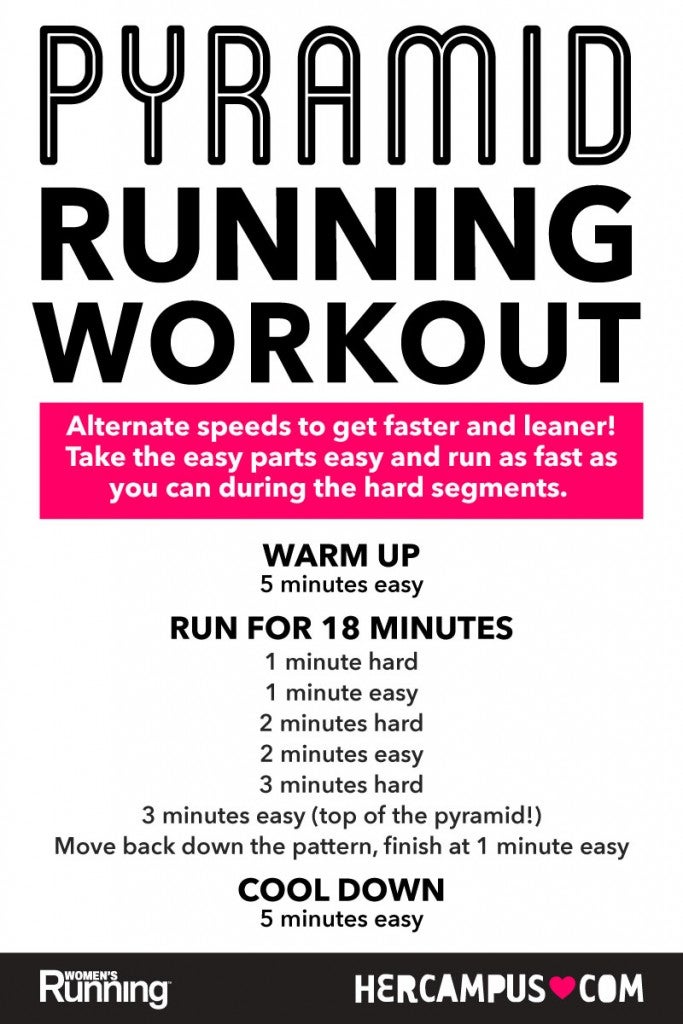Elevate Your Running Strategy with Proven Techniques
Elevate Your Running Strategy with Proven Techniques
Blog Article
The Ultimate Overview to Handling Pain When Running
Whether you are a seasoned marathoner or just beginning your running trip, comprehending the various kinds of discomfort that can emerge and the strategies to resolve them is essential. From pre-run warm-up regimens to appropriate shoes selection, there are many variables to take into consideration when it comes to dealing with pain while running.

Recognizing Various Kinds Of Running Pain
When running, it is important to compare different types of discomfort to stop injuries and make best use of performance (Read More). One common sort of pain that runners may experience is muscle pain, which usually arises from the stress and anxiety placed on muscles throughout workout. This sort of discomfort is often a normal part of the running process and can be taken care of through appropriate workout, cool-down, and stretching regimens
One more kind of pain to be conscious of is joint pain. Joint discomfort can show problems such as overuse, improper kind, or underlying problems like joint inflammation. Neglecting joint discomfort can lead to much more extreme injuries, so it is critical to attend to any kind of pain promptly and potentially seek professional advice.
Furthermore, sharp or stabbing discomforts need to not be ignored. These kinds of pain can signify acute injuries such as strains, sprains, or stress fractures - running strategy. Proceeding to go through these kinds of pain can worsen the injury and extend recuperation time

Pre-Run Workout and Stretching Regular
To prepare the body for a running session, applying an efficient pre-run workout and stretching regular is necessary. An appropriate workout assists enhance blood flow to the muscle mass, enhances flexibility, and decreases the danger of injury during the run. Begin with dynamic stretches like leg swings, arm circles, and high knees to progressively increase your heart rate and loosen up the muscular tissues. Dynamic extending aids mimic the activities you'll be doing while running, preparing your body for the activity in advance. Follow this with static stretches focusing on significant muscular tissue groups such as the hamstrings, quadriceps, calves, and glutes. Hold each go for regarding 15-30 secs without bouncing to advertise muscular tissue relaxation and flexibility. Keep in mind to listen to your body and adjust the strength of your warm-up based upon your physical fitness level and any type of pre-existing problems. By incorporating a constant pre-run warm-up and extending regular right into your running program, you can enhance performance and lessen the risk of discomfort or injury.
Correct Shoes Option and Fit
Selecting ideal shoes that fits well is crucial for joggers to stop pain and reduce the threat of injuries. Ill-fitting shoes can result in sores, black toe nails, shin splints, and various other excruciating problems that can hinder performance and sideline training. When choosing operating shoes, it is necessary to think about factors such as foot type, running gait, arch assistance, cushioning, and shoe size. running strategy. Going to a specialized running shop for a stride evaluation and professional fitting can assist make sure that you select the right footwear for your private requirements. Running footwear need to give appropriate assistance and security while also being comfy and lightweight. Furthermore, it is suggested to replace your running footwear every 300-500 miles to preserve proper padding and assistance. Investing in high-grade footwear that is ideal for your running style and foot composition is a positive step in the direction of avoiding discomfort and injuries throughout your runs.
Nourishment and Hydration Tips for Pain Prevention

Hydration is equally critical for runners to prevent cramps, dehydration, and other discomforts that can cause discomfort throughout running. It is recommended to drink an ample quantity of water throughout the day and especially before, during, and after running sessions. Electrolyte-rich beverages or sports beverages can also be valuable for restoring shed minerals and maintaining correct this contact form fluid balance. running workout (Read More). By prioritizing nutrition and hydration, runners can enhance their performance, minimize discomfort, and take pleasure in an extra comfortable running experience.
Post-Run Recovery Techniques to Ease Discomfort
Implementing reliable recovery methods is crucial for minimizing discomfort and advertising muscle recovery after running sessions. In addition, topping sore locations for 15-20 minutes can aid minimize swelling and numb discomfort post-run.
Taking in a balanced snack or meal that includes protein and carbohydrates within 30 mins of completing a run can assist repair muscle mass cells and renew power stores. By incorporating these post-run recovery methods into your routine, you can effectively handle pain and enhance your running efficiency.
Verdict
Finally, dealing with various kinds of running pain with correct workout, stretching, shoes option, nourishment, hydration, and post-run recovery techniques is necessary for pain avoidance and management. By comprehending the causes of discomfort and applying these techniques, joggers can lessen pain and potential injuries. It is crucial to focus on general physical health and well-being to make certain a successful and enjoyable running experience.
Report this page